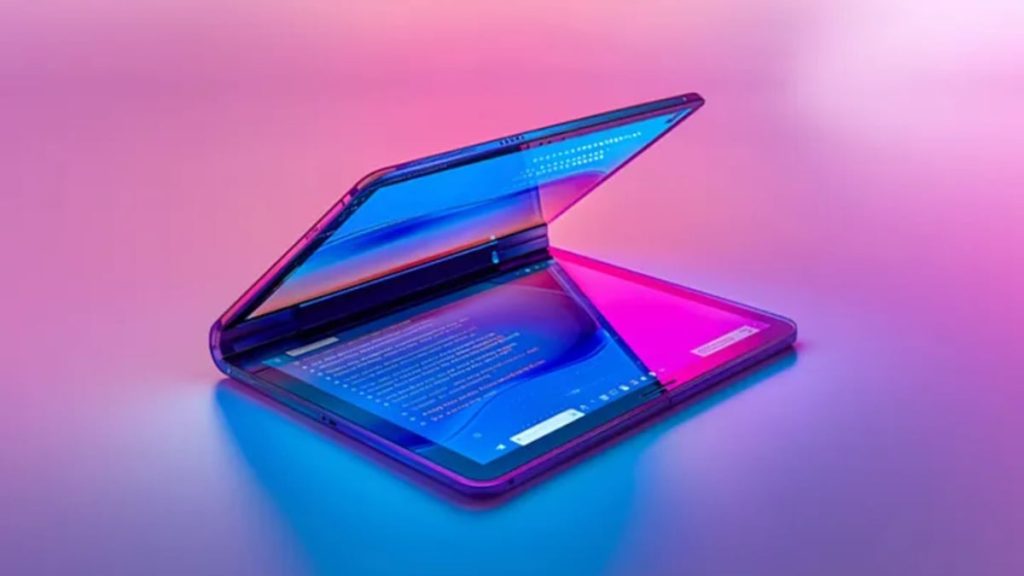Apple has reportedly paused development of its large-screen foldable device—believed to be either an iPad or MacBook—in order to redirect its focus and resources toward its first foldable iPhone, according to a report from DigiTimes.
Shifting Focus to a Foldable iPhone
The decision marks a strategic pivot for Apple in its foldable product roadmap. Sources suggest that the company is shelving the foldable iPad/MacBook project temporarily due to a combination of manufacturing challenges, high display production costs, and uncertain market demand for larger foldable devices.
The rumored project—widely speculated to be a 20-inch OLED foldable device with a near crease-free display—had sparked interest among Apple enthusiasts and industry watchers. However, despite the pause, Apple has not canceled the project entirely. Insiders indicate that the tech giant may revisit the idea once foldable technology matures and production becomes more economically viable.

Foldable iPhone Now in the Spotlight
Apple’s first foldable iPhone is now taking center stage. Industry analysts expect the foldable iPhone to debut as part of the iPhone 18 Pro lineup, likely slated for release in 2026. The move signals Apple’s intent to enter the competitive foldable smartphone market, currently dominated by Samsung, Huawei, and other Android manufacturers.
Though Apple is arriving later to the foldable space, its strategy appears to prioritize refinement over speed—aiming to deliver a product that not only matches but potentially exceeds competitors in terms of durability, design, and user experience.
Strategic Patience
Apple’s cautious approach to foldables aligns with its broader product philosophy: wait for the right moment when both technology and consumer readiness converge. With folding devices still considered niche and facing durability concerns, Apple seems to be betting that its entry into the market will come only when it can offer a truly seamless and polished experience.
For now, all eyes are on the rumored foldable iPhone, which could mark a significant new chapter in the evolution of the iPhone lineup—and Apple’s hardware ecosystem at large.